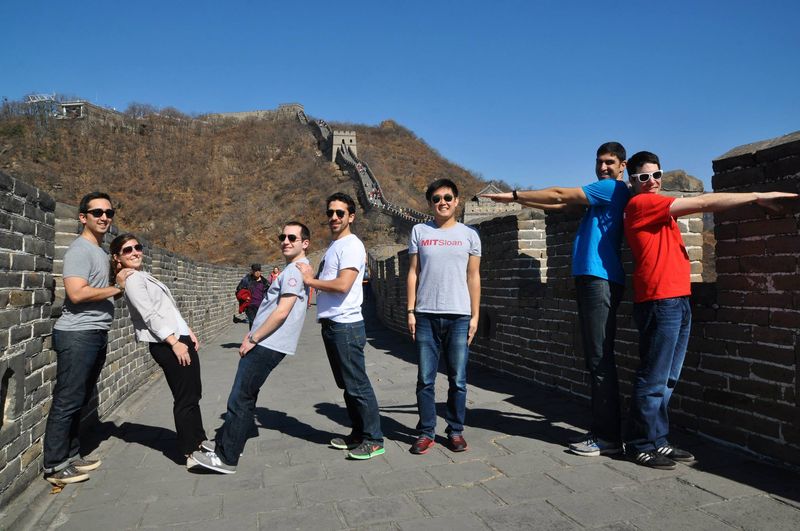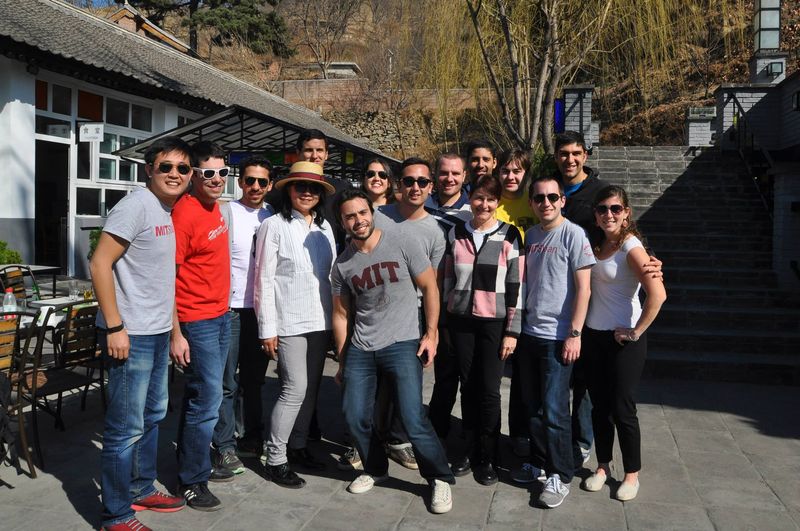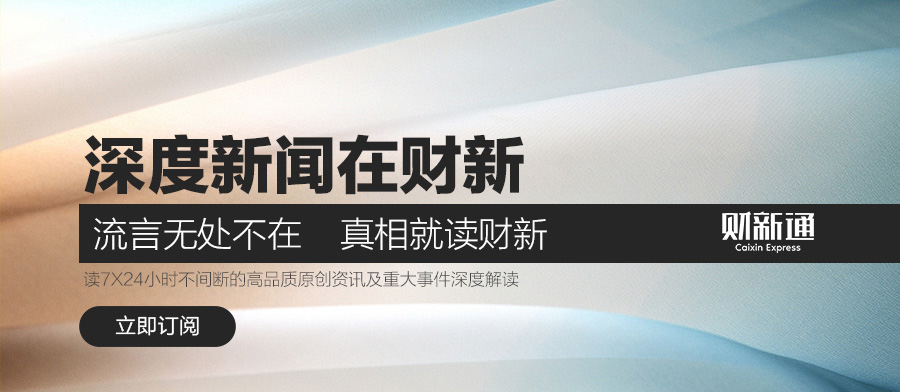Pardon the interruption. The internet was a bit spotty in our hotel/office so I will continue my China Lab blog posts from the comfort and relatively faster internet speed of America.
I left off my last post with a preview of our middle weekend in Beijing. We had several visitors from Shanghai so we planned a full itinerary for the weekend starting with a visit to the famous Do Dong Peking Duck restaurant. Well actually, it started first with a two hour cab ride from our client's office to downtown Beijing. The congestion was very bad that evening so it took us two hours in bumper-to-bumber traffic to travel just under 30 km! (On a side note, the number of cars in China is expected to triple over the next five years! I can't even imagine...) Dinner was pretty good, followed by a brief night cap at the hotel bar to catch up with the other Sloanies. We planned a trip to the Great Wall for Saturday so we needed to be up bright and early.
On Saturday morning, 13 Sloanies piled into a van to begin our trip to the Mutianyu section of the Great Wall. We had heard great things about this access point so we decided to go the extra distance past the typical tourist spot, called Badaling, which is closer to Beijing. We had beautiful weather on Saturday and were really excited to stretch our legs at the Wall. Upon arrival, we elected to hike to the top of the Wall rather than take the cable car. It was a solid 25 minute hike up A LOT of stairs but it was so worth it once we got to the top. I named this post "History Comes Alive" because being at the Great Wall (then at Tiananmen Square and the Forbidden City on Sunday) was the culmination of years of elementary, middle school and high school history classes where we studied China in various capacities. Honestly, standing atop the Great Wall and just witnessing the scale was breathtaking. The mountains peaked in the distance and the Wall was visible for miles and miles in either direction. The Wall we see today was built during the Ming Dynasty during the 14th century to keep the nomadic Mongolian and Manchurian tribes out of China. It stretches over 13,000 miles from Jiayu Pass in Gansu to the sea at the section called "Old Dragon Head." Needless to say, it was an incredible experience and the highlight from our trip. We walked around to the various watch towers and just enjoyed the views and fresh air. Of course, we also found time to take the obligatory "MIT" photo. After several minutes of deep thought, we figured out how to form a 7-person MIT.
One of our fellow Sloanies whose family hails from Beijing told us about a great restaurant in Mutianyu called "The Schoolhouse." Their family friends leased Mutianyu’s abandoned primary school and turned it into a restaurant and art glass studio. Today "The Schoolhouse" has grown into a comprehensive lodging and dining destination with venues around Bohai Township. It has welcomed guests from more than 100 countries to this little corner of China for meetings, events, sightseeing, getaways, and homemade food. We had an amazing lunch in the sun on the patio and unrivaled hospitality from the owners Julie Upton-Wang and Liang Tang. We even were able to purchase some spectacular art glass bowls and necklaces as gifts for our families back home. All in all, it was by far the best day of the trip. A fun fact is that Michelle Obama, her two daughters and her mother visited the Great Wall at Mutianyu and "The Schoolhouse" 24 hours after we were there!
We concluded Saturday with a trip to the well-known expat bar called "Paddy O'Shea's" where we hung out with some expat friends from the Beijing Aardvarks rugby team. My key takeaway was that, regardless of where you are in the world rugby teams have great (and highly amusing) drinking songs!
As I mentioned before, we decided to stay local on Sunday and visit Tiananmen Square and the Forbidden City. Both were must-sees but the smog and the crowds made it slightly challenging to fully appreciate the sites. The scale of both are absolutely massive and they really created an interesting juxtaposition: the Forbidden City was built between 1406 and 1420 and displays the traditional Chinese palatial architecture whereas most Americans associate Tiananmen Square with the 1989 protests, the man vs. the tank, and the large portrait of Mao Zedong.
The weekend was a perfect way to soak in some of the Beijing sites and get to know some of the other Sloanies a bit better. My next post will discuss some of our experiences working with a Chinese client, our cultural exchange session with their employees, and our presentation to the CEO and CTO.





 京公网安备 11010502034662号
京公网安备 11010502034662号 